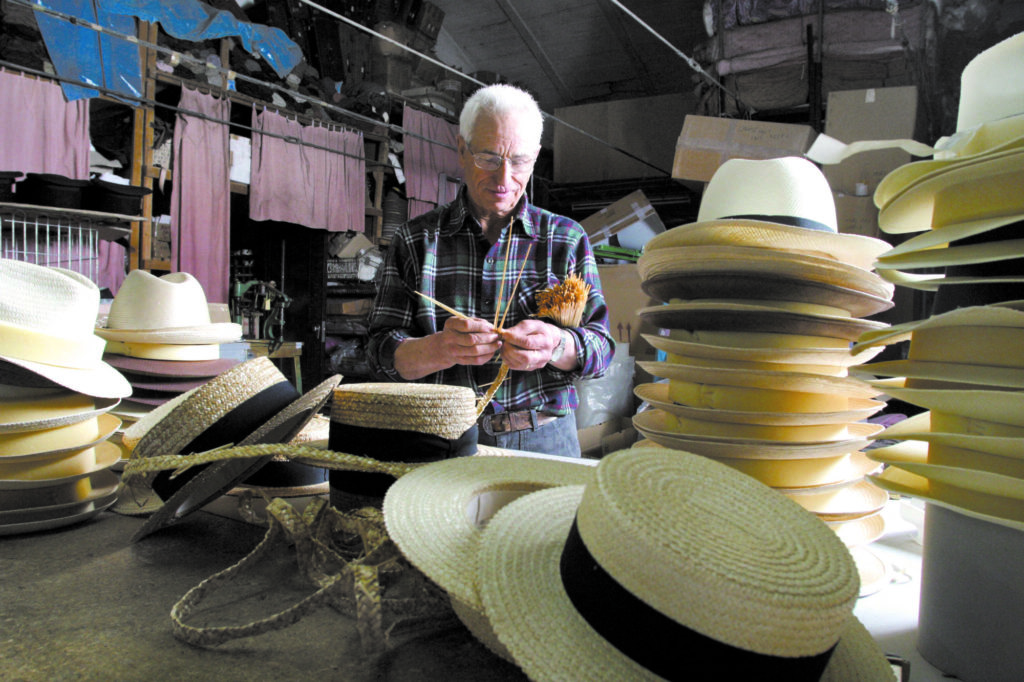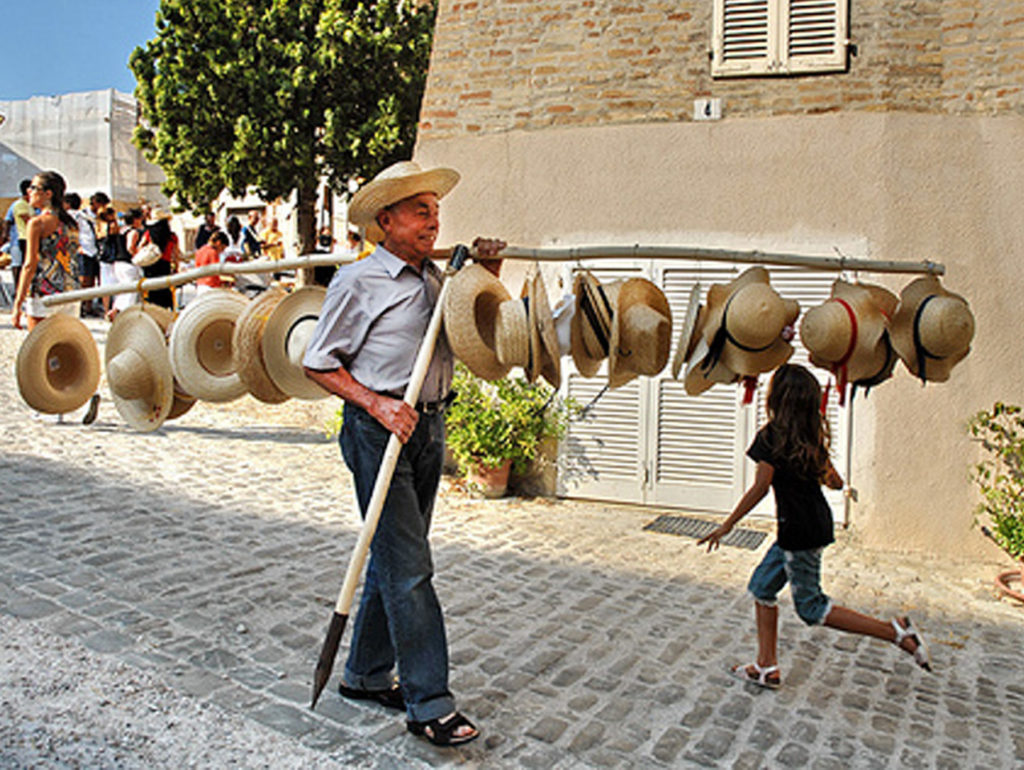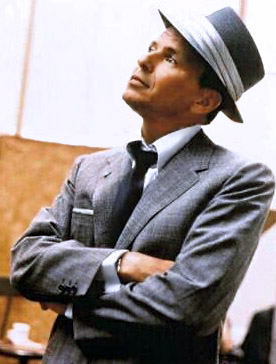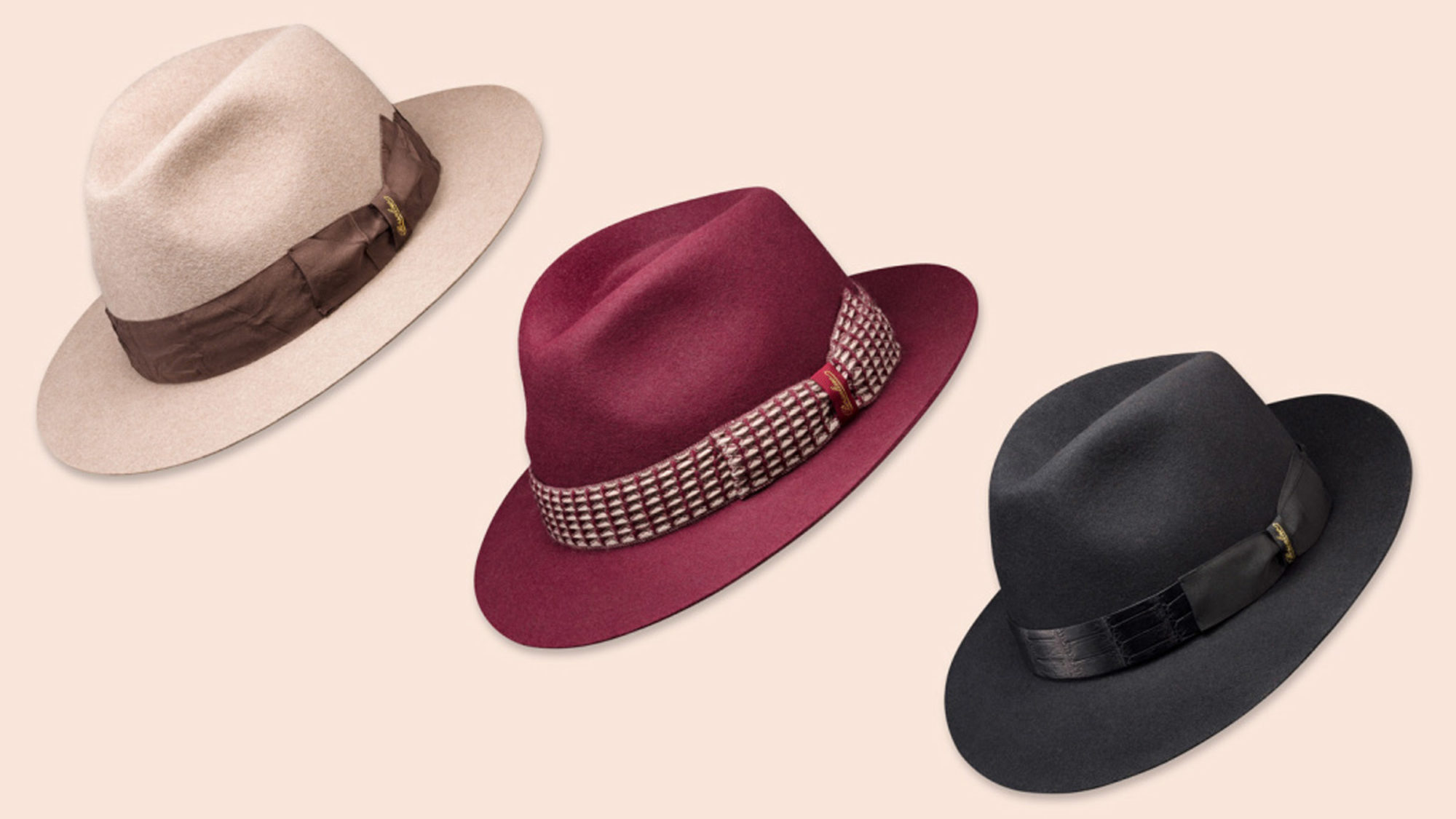When one thinks of the iconic hats that have been produced in Italy, one could be forgiven for expecting that the capital of hat making must be in Milan. After all the name millinery, although rarely used today, is another term for hat making. However, as appropriate as this seems, the capital of hat making in Italy is roughly 310 miles to the southeast of Milan in the small, but historic town of Montappone.
Located in the Fermana hills in the province of Ascoli Piceno in Italy’s Marche region, is the center of Europe’s most important hat-producing district. Over 60 million hats made of straw, fabric, felt, wool and leather are produced every year in the area, equaling 70 percent of Italian production and 50 percent of Europe’s. In Montappone, a town of 1,700 inhabitants, most of the population is employed in hat production either directly or indirectly. Hat making is at the core of this small hilltop town, just as it has been for over 800 years.
The tradition of producing hats, or cappelli, began at the turn of the 13th century, when hats were used exclusively for farming activities. Grain harvesting produced straw, which was then braided to be used as a raw material for making straw hats. The customary harvest hat was hand-sewn with a large needle and thread, edge to edge, with one stitch on the inside and one on the outside.
As early as the 17th century, the area around Montappone specialized in the working of straw for the production of hats, together with the nearby towns of Massa Fermana, Monte Vidon Corrado, Falerone, Mogliano, Loro Piceno and Sant’Angelo in Pontano. Hats were produced by hand-weaving straw, a simple, but time consuming task that locals did while doing something else, such as exchanging the latest gossip or simply strolling about the town. This is evidenced by a 19th century fresco that hangs in the town’s municipal hall, which features figures walking through Montappone with golden ribbons streaming from their hands.
The traditional craft working of straw hats was transformed over the years into the production on a vast scale and towards the end of the 19th century, the town became the first Italian center to industrialize hat production. The first genuine straw hat factories appeared in the 1890s and were small workshops that employed their own workers. It was only in the late 1950s that the Hat District became a highly specialized single-industry hub.


Since the second half of the 1980s, strong competition inside the district and the production innovations introduced by the businesses of Montappone have driven many companies to strategically reposition. Producers have elevated themselves from makers of standardized hats at a low price to highly differentiated producers of hats with significant added value. This leap in quality has allowed the hat district of Montappone to become an extremely dynamic area which has obtained success all over the world.
One of the largest companies in the town is Icas, with about 100 employees. Compared to the most typical family-sized companies, Icas is a giant, producing 10 million hats a year. Owned by the Sorbatti family, the company started out as a small artisan operation 75 years ago and has since transformed into a modern, dynamic and strong firm, rooted in the Marche’s entrepreneurial tradition. Icas has received orders from the Italian Army and was the exclusive producer of the World Cup caps for Italy in recent tournaments. The company has grown over the years, adding items in fabric and felt alongside traditional straw hats, to diversify production and reach higher bands of the market.
Today, hat making remains Montappone’s largest source of both income and tourism. The art is celebrated by the Museum of Hats, where visitors can learn the entire hat making process, from straw picking and selection, to plaiting, weaving and sewing. Each step is illustrated by slides, pictures, panels and vintage machines. There is a remarkably wide collection of traditional and innovative hats, including the priceless straw hat last worn by the Italian cinema maestro and film director Federico Fellini.
Every year the town of Montappone plays host to an international hat show: “Il Cappellaio Pazzo,” or The Mad Hatter. The three day event celebrates old and new customs, as master hat makers use traditional methods to transform cappelli into elaborate works of art. This spectacle takes place in late July when the wheat harvest begins, signaling the dawn of a new year of hat making.
While Montappone is at the center of the hat making industry, Borsalino is the oldest Italian company specializing in the manufacture of luxury hats. Since 1857, its manufacture has been based in Alessandria, Piedmont. By 1888, Borsalino was producing 2,500 hats a day and when the company won the coveted grand prize at an international exhibition in 1900, its fame spread worldwide. On the eve of the First World War, Borsalino was making over 2,000,000 hats per year and employing over 2,500. During the Roaring ‘20s, the Borsalino proved that it truly had staying power and became the hat for Hollywood stars during the silent movie days, but it really took off in the 1930s. It was said that a wardrobe was merely second rate unless a man sported a Borsalino.

As the fashion for wearing formal hats declined, especially in the 1960s, Borsalino downsized, but the company went from mass production to becoming a cultural icon with a fiercely loyal following. It has remained faithful to a production process and cultural values of the company handed down from generation to generation. The hats continue to be produced in Alessandria by combining industrial technology with true craftsmanship. The felt models, created from fur fibers, require more than 50 manual steps and seven weeks of work to create; the straw models, which are hand twisted, can take up to six months for a single hat.
Italy &…Shopping in Milan
The historic headquarters of the company hosts visitors that flock to the Borsalino Hat Museum, housing roughly 2,000 hats. So revered is the company that in 2016, independent film director Enrica Viola dedicated a documentary to the relationship between Borsalino and Alessandria called “Borsalino City,” which was shown internationally at film festivals.
The relationship between Borsalino and the art world goes back to the late 19th century, when the company entrusted the creation of its posters to the most important artists of the time. Today the antique advertising posters are collectors’ items that are sold through the most important auction houses in the world.
Borsalino has a long-running and special bond with the film industry. One picture that stands out in the minds of moviegoers is the final unforgettable scene with Humphrey Bogart and Ingrid Bergman in Casablanca. Marcello Mastroianni in 8 ½ and Jean Paul Belmondo in Breathless both wore a Borsalino, while actor Toni Servillo wore one in the film The Great Beauty, which won Best Foreign Language Film at the 86th Academy Awards. Yet, when all of the countless stars who have worn the hat have been tallied, no one wore it better than Old Blue Eyes himself, Frank Sinatra. Now popular with both men and women, the Borsalino has a legacy that not only continues to endure, but has grown to mythic proportions over time.






